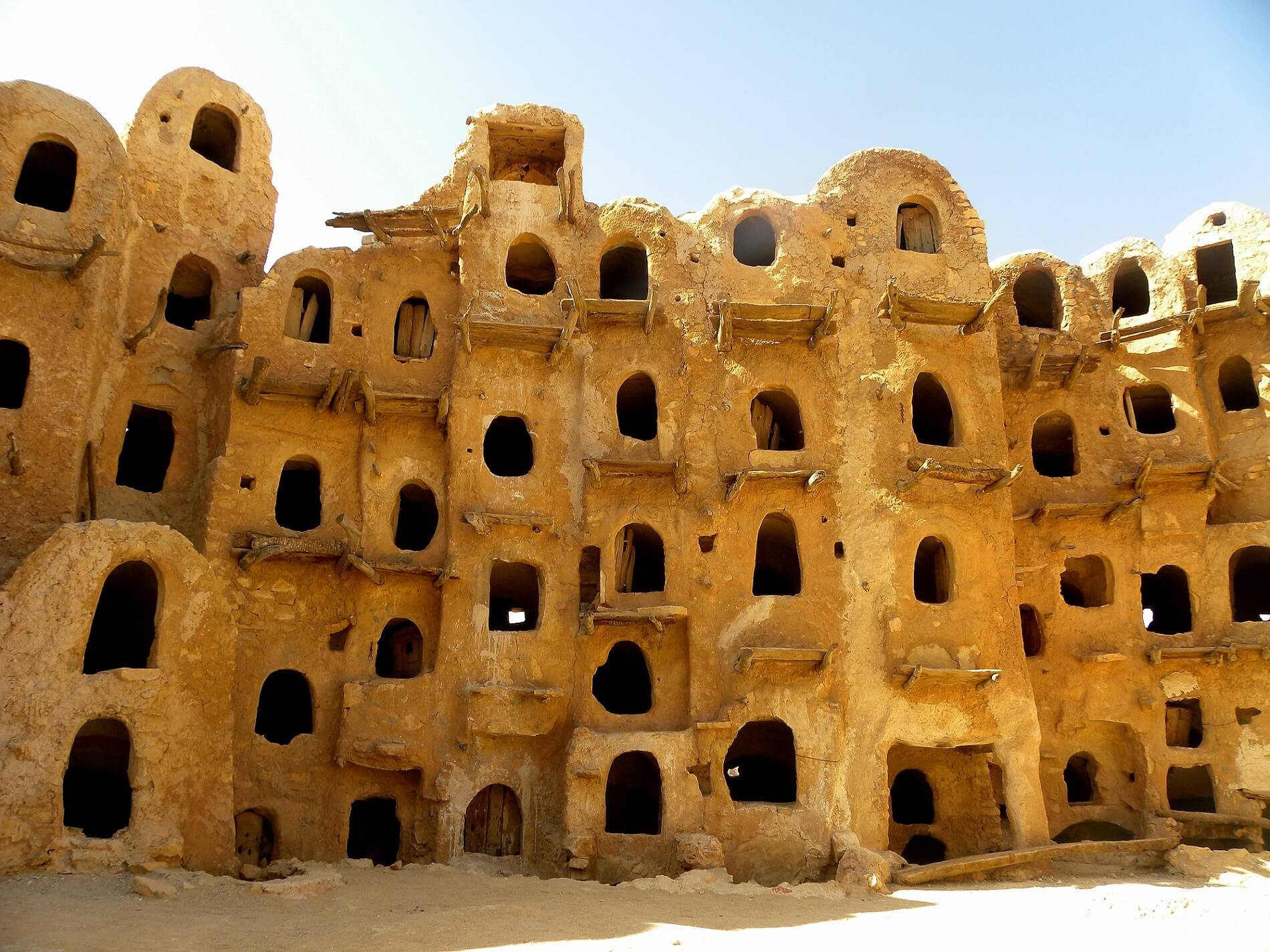Here is a fascinating article about spurring technological development in the Libya Herald building on my article with Abullah Elmaazi in AJE.
Libya is blessed with energy resources which include petroleum, natural gas and materials from its vast desert land. There is the (justifiable) temptation to export as much as possible at the highest rate possible to generate the cash flow needed for the rapid building of the nation in the wake of the disastrous 40+ years of neglect. This, of course, is the right path; to build modern infrastructure, roads, schools, hospitals, and investing in future generations. But is it enough?Per Chatham House’s 2012 Report ‘Resources Futures’[2], Libya holds fourth place in the largest bilateral resource trade relationships in fossil fuels: exporting crude oil to the EU27 at a value of 28.8 ($ bn). Libya is also one of the producer countries placed in high rank in vulnerability to international commodity price fluctuations. Producer countries particularly exposed to macroeconomic shocks from commodity price fluctuations are those whose i) their economies are particularly dependent on exports and ii) commodities account for a significant share of exports.Continued economic growth based solely on natural Libyan resources simply further advance others’ technological advancements. The country has great human resources yet very little job creating capacity to absorb them. Without more focused development in Libyan technological sectors such as solar energy and water salination projects, etc., it is feasible that the end result will be to perpetuate Libyan dependence on other people’s technology – referred to as ‘technology colonization’.

